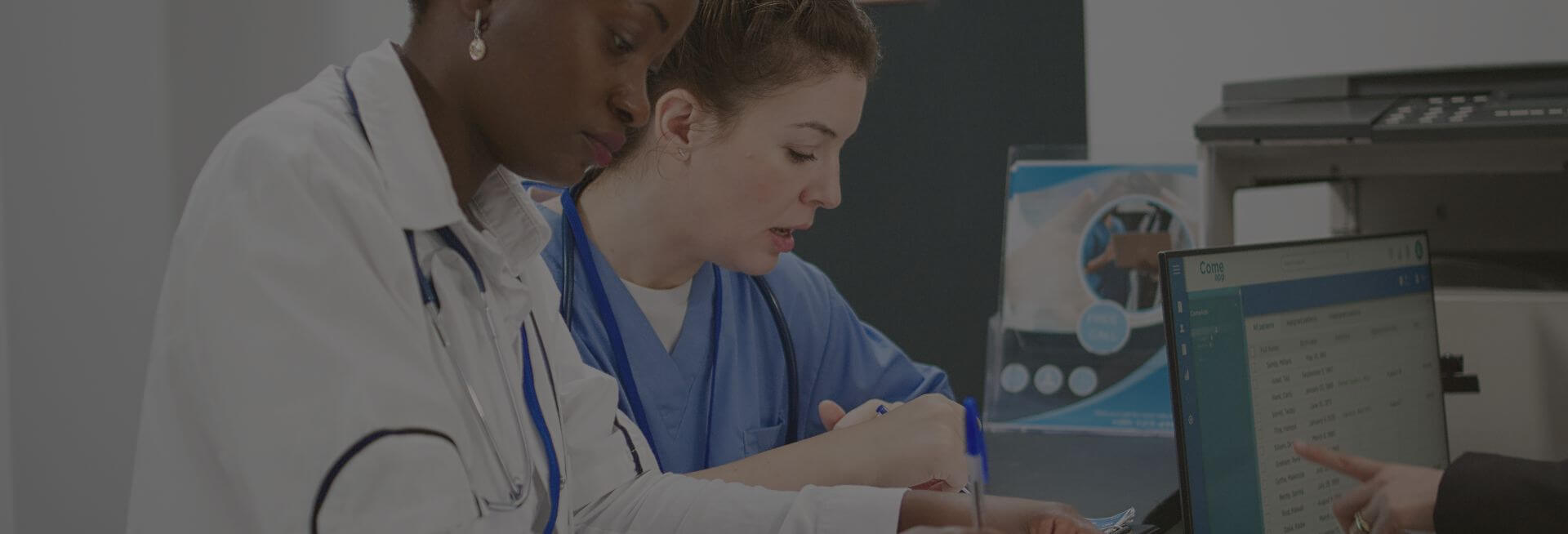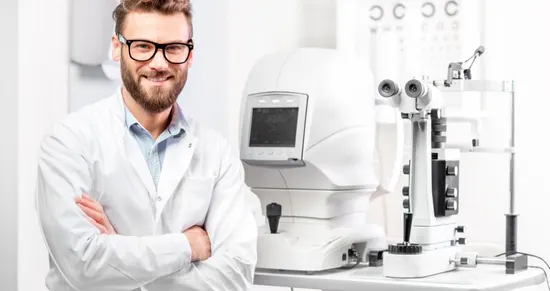Medical devices play a critical role in healthcare, but their effectiveness hinges not only on their design but also on how well users can operate them. Formative and summative assessments are essential tools in ensuring that medical devices are intuitive, safe, and effective. These evaluations help identify and mitigate potential user errors, which can have serious consequences in clinical settings. By integrating formative and summative evaluation processes into the development lifecycle, manufacturers can create devices that align with user needs and regulatory requirements while minimizing risks.
This article explores the importance of formative and summative assessments in medical device development, their roles in preventing user errors, and how they contribute to medical device risk management. We’ll also discuss best practices for conducting these evaluations and their impact on overall device safety and compliance.
Also Read: The Importance of Risk Management for Medical Device Manufacturers
What are Formative and Summative Assessments?
Formative and summative assessments are two distinct but complementary evaluation methods used during the development and testing of medical devices.
- Formative assessments are conducted during the design and development phases. They focus on identifying usability issues early, allowing designers to make iterative improvements. These assessments often involve formative usability testing and formative usability evaluation, where prototypes are tested with representative users to uncover potential problems.
- Summative assessments, on the other hand, occur after the design is finalized. They aim to validate that the device meets usability and safety requirements before it reaches the market. Summative usability testing ensures that the device can be used safely and effectively in real-world scenarios.
Both types of assessments are critical for ensuring that medical devices are user-friendly and compliant with regulatory standards.
Also Read: Summative Evaluation Usability in Medical Device
The Impact of Formative and Summative Evaluations on Medical Device Safety
The safety of medical devices is paramount, and formative and summative evaluations play a pivotal role in achieving this goal. By identifying and addressing usability issues early, formative studies help reduce the likelihood of user errors that could lead to patient harm. For example, a poorly designed interface might cause a clinician to misinterpret data, resulting in incorrect treatment decisions.
Summative evaluations, conducted at the end of the development process, provide evidence that the device is safe for its intended use. These assessments are often required for regulatory submissions and demonstrate that the device complies with standards such as ISO 14971, which governs medical device risk management.
Together, these evaluations ensure that devices are not only effective but also safe for both users and patients.
The Role of Formative Assessments in Preventing User Errors
Formative assessments are proactive measures designed to catch usability issues before they become critical problems. During formative usability testing, developers observe how users interact with the device and identify areas where the design may cause confusion or errors. For instance, if users struggle to navigate instructions mentioned or misinterpret warning signals, these issues can be addressed in subsequent design iterations.
By incorporating formative usability evaluation into the development process, manufacturers can:
- Identify and resolve usability problems early, reducing the risk of costly redesigns later.
- Ensure that the device aligns with user needs and workflows.
- Enhance user satisfaction and confidence in the device.
These assessments are particularly important in safety risk management for medical devices, as they help mitigate risks before the device reaches the market.
The Role of Summative Assessments in Ensuring Safety and Compliance
While formative assessments focus on improving the design, summative assessments are about validation. Summative usability testing is conducted to demonstrate that the final product meets all safety and usability requirements. This type of evaluation is often required by regulatory bodies, such as the FDA or EU MDR, to ensure compliance.
Key objectives of summative assessments include:
- Verifying that the device can be used safely and effectively in its intended environment.
- Providing evidence that the device complies with regulatory standards.
- Ensuring that any residual risks identified during risk assessment medical device processes are acceptable.
By conducting thorough summative evaluations, manufacturers can confidently bring their devices to market, knowing they have met all necessary safety and compliance criteria.
Key Differences Between Formative and Summative Assessments
While both formative and summative assessments are important, they serve different objectives and are performed at different stages of the development process. Here’s a breakdown of their key differences:
| Aspect | Formative Assessments | Summative Assessments |
| Timing | Conducted during design and development | Conducted after the design is finalized |
| Purpose | Identify and resolve usability issues | Validate safety and compliance |
| Methods | Formative usability testing, iterative testing | Summative usability testing, validation |
| Regulatory Role | Not mandatory but is highly recommended | Often required for regulatory submissions |
| Focus | Improving design and usability | Demonstrating compliance and safety |
Understanding these differences is crucial for effectively integrating both types of assessments into the development process.
How Does Usability Testing Contribute to Minimizing Errors?
Usability testing is a cornerstone of both formative and summative assessments. By simulating real-world use cases, these tests help identify potential sources of user error. For example, formative usability testing might reveal that users frequently misinterpret a device’s alarm system, prompting designers to make it more intuitive.
Similarly, summative usability testing ensures that the final design is free from critical usability issues. This is especially important in high-stakes environments like operating rooms or intensive care units, where even minor errors can have serious consequences.
By incorporating usability testing into medical device risk management, manufacturers can significantly reduce the likelihood of user errors and enhance overall device safety.
Medical Device Risk Management and Its Connection to Assessments
Medical device risk management is a systematic process for identifying, assessing, and mitigating risks associated with medical devices. Both formative and summative assessments are integral to this process.
During formative studies, risks related to usability are identified and addressed early in the design phase. For example, if a device’s interface is found to be confusing during formative usability evaluation, designers can modify it to reduce the risk of user error.
In the summative evaluation phase, the focus shifts to validating that all identified risks have been adequately mitigated. This ensures that the device fulfills the requirements of safety risk management for medical devices and complies with regulatory standards.
By aligning formative and summative assessments with medical device risk management, manufacturers can create safer, more reliable products.
Best Practices for Conducting Formative and Summative Assessments
To maximize the effectiveness of formative and summative evaluations, manufacturers should follow these best practices:
- Start Early: Begin formative usability testing as soon as prototypes are available to catch issues early.
- Involve Real Users: Use representative users to ensure that the device meets the needs of its intended audience.
- Iterate and Improve: Use feedback from formative studies to make iterative design improvements.
- Document Everything: Maintain detailed records of all assessments to support regulatory submissions.
- Align with Standards: Ensure that summative usability testing complies with relevant standards, such as IEC 62366.
- Integrate Risk Management: Link formative and summative assessments with risk assessment medical device processes to address usability-related risks.
By following these practices, manufacturers can ensure that their devices are both user-friendly and compliant with regulatory requirements.
Conclusion
Formative and summative assessments are indispensable tools in the development of safe and effective medical devices. While formative evaluations help identify and resolve usability issues early in the design process, summative evaluations validate that the final product meets all safety and compliance requirements. Together, these assessments play a critical role in medical device risk management, helping to prevent user errors and ensure patient safety.
By integrating formative usability testing, summative usability testing, and safety risk management for medical devices into the development lifecycle, manufacturers can create devices that meet regulatory standards and also enhance user satisfaction and confidence. In an industry where even small errors can have significant consequences, these assessments are essential for delivering high-quality, reliable medical devices.
For instance, many manufacturers have found value in collaborating with specialized consulting firms like Maven to navigate the complexities of summative evaluations. Such partnerships can provide tailored guidance to ensure that medical devices adhere to the highest usability and safety standards.
References







